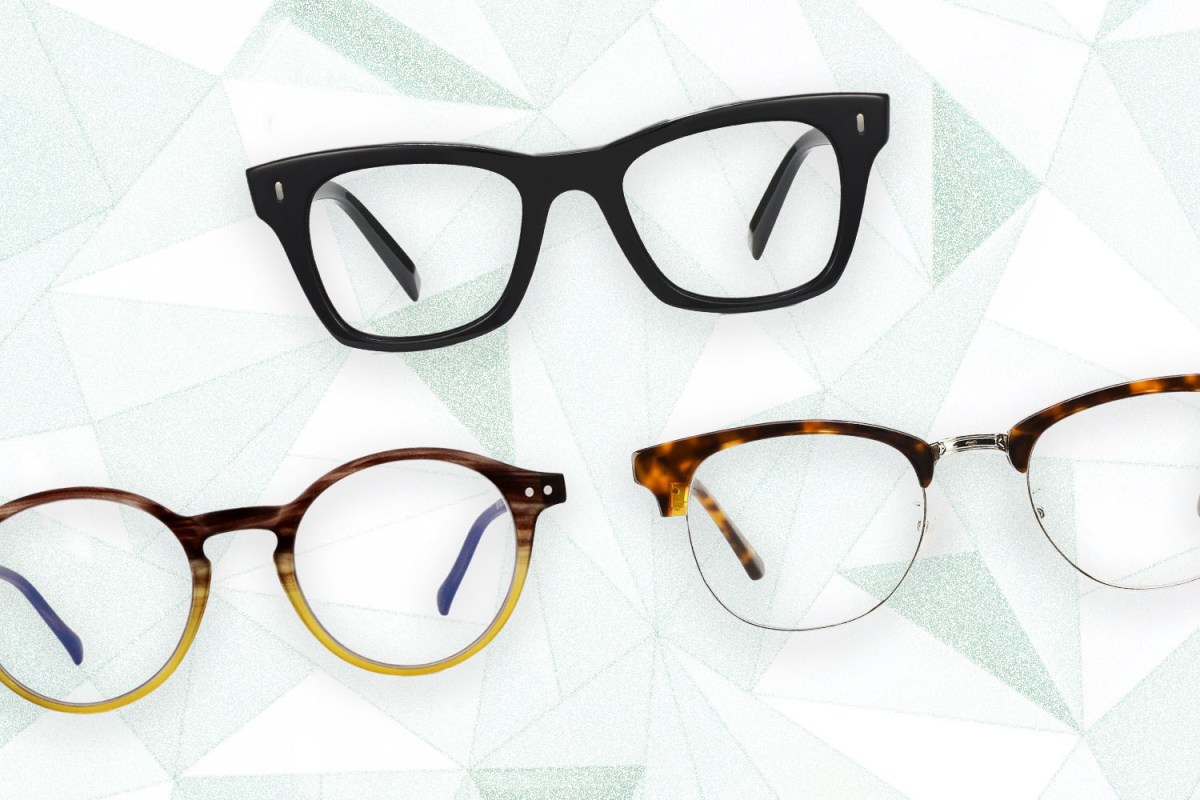Nota bene: All products in this article are independently selected and vetted by InsideHook editors. If you buy something, we may earn an affiliate commission.
The average life expectancy for men born in the 1870s was 44 years. Today, the average American will spend 44 years of his life looking at some sort of digital screen. Seriously. We’re all spending an unholy amount of time on our devices, shifting from phones to laptops to tablets all day long. And in the pandemic era — when ennui reigns and WFH means employers can’t exactly stop you from refreshing Instagram whenever you like — the situation has only gotten worse.
You can find self-help books and weekend “tech detox” retreats dedicated to helping wean yourself off of screens, but the reality is that working with Apple products is pretty much a prerequisite to being a human being in the 2020s. They’re not going anywhere, and your time is better served learning to live with them as healthily and efficiently as possible.
One good place to start? Limiting the damage that all that screen-staring has on your eyes. These devices — as we’ve all heard by now — emit blue light, a form of artificial light that boosts reaction time and mood. We’re predisposed to respond to blue wavelengths; they compel concentration, mimicking a relationship humans had only with the sun for hundreds of thousands of years.
But over time, too much blue light messes with our circadian rhythms and suppresses the secretion of melatonin, a hormone released by the pineal gland that is commonly associated with sleep-wake timing. It’s why bringing one’s phone to bed is such a bad idea, and why starting each day with a seven-minute phone session has become almost ritualistic.
The answer: blue light glasses. A couple of years ago, there were only a few names in town. Now, every reputable eyewear outlet offers specialized blue light blockers, which are able to eliminate 50% of blue emitted from screens and over 90% of the strongest UV light. They’re commonly also anti-glare, and coated with a hydrophobic outer layer that resists scratches and dust.
Slipping on a pair of glasses while you work, text or watch Netflix on a plane won’t just help you sleep better — it’ll also defend against dry eye, cataracts and age-related macular degeneration. Fortunately for you, we’ve rounded up 10 different styles from 10 different brands in the space. Find specs from Warby Parker, Ray-Ban and more below.
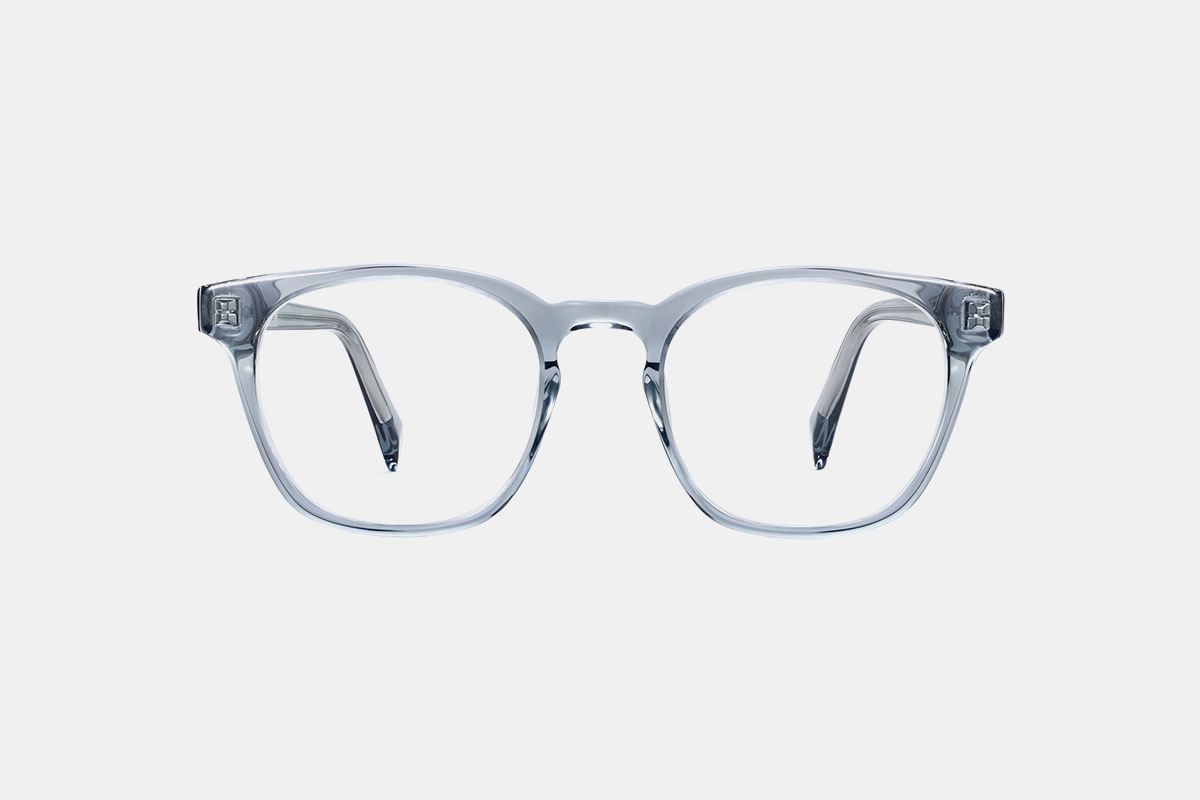
Felix by Warby Parker
The top dog in direct-to-consumer eyewear has a preposterously deep bench of handsome frames. You can now add blue light filtering to any model for $50. It’s going to be pretty tough to settle on just one pair — we recommend taking advantage of their home try-on service.
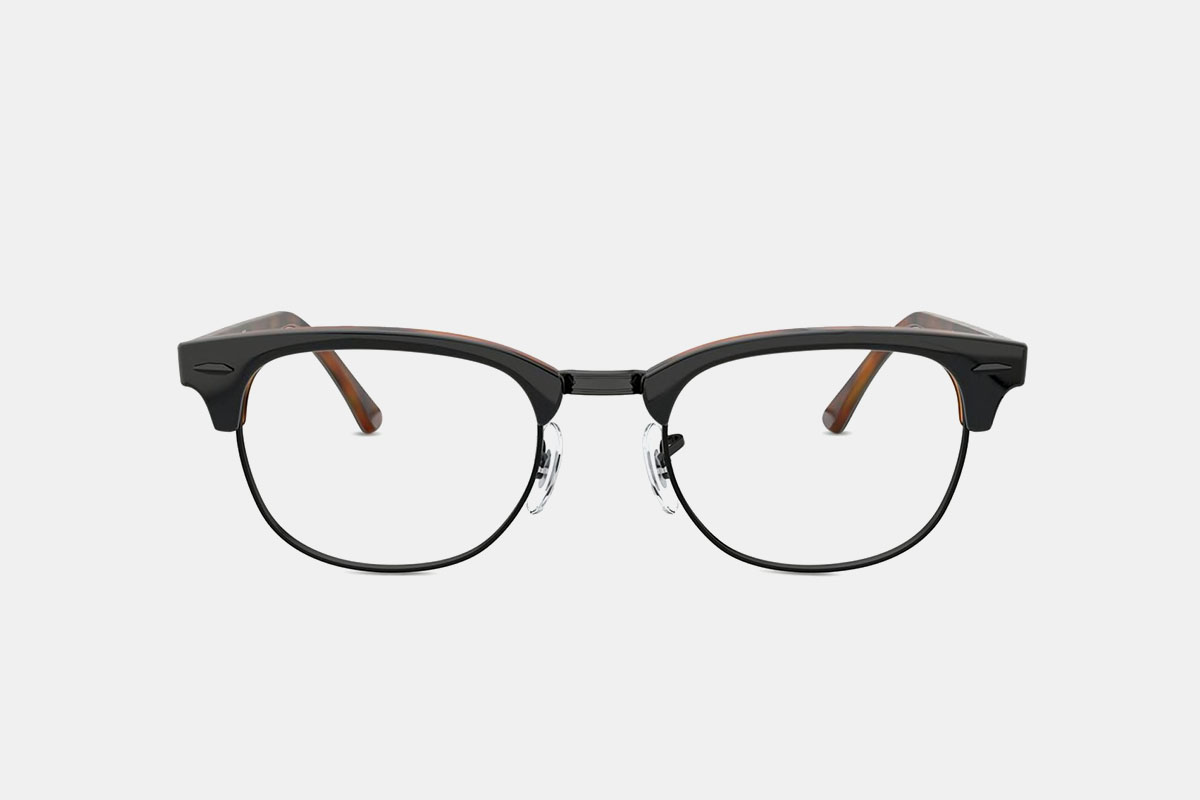
5154 Clubmaster by Ray-Ban
This old dog learned some new tricks. One of the most iconic frames ever, now built for making sure Candy Crush doesn’t melt your eyeballs. These are a pretty penny, but you can’t argue with the classics.
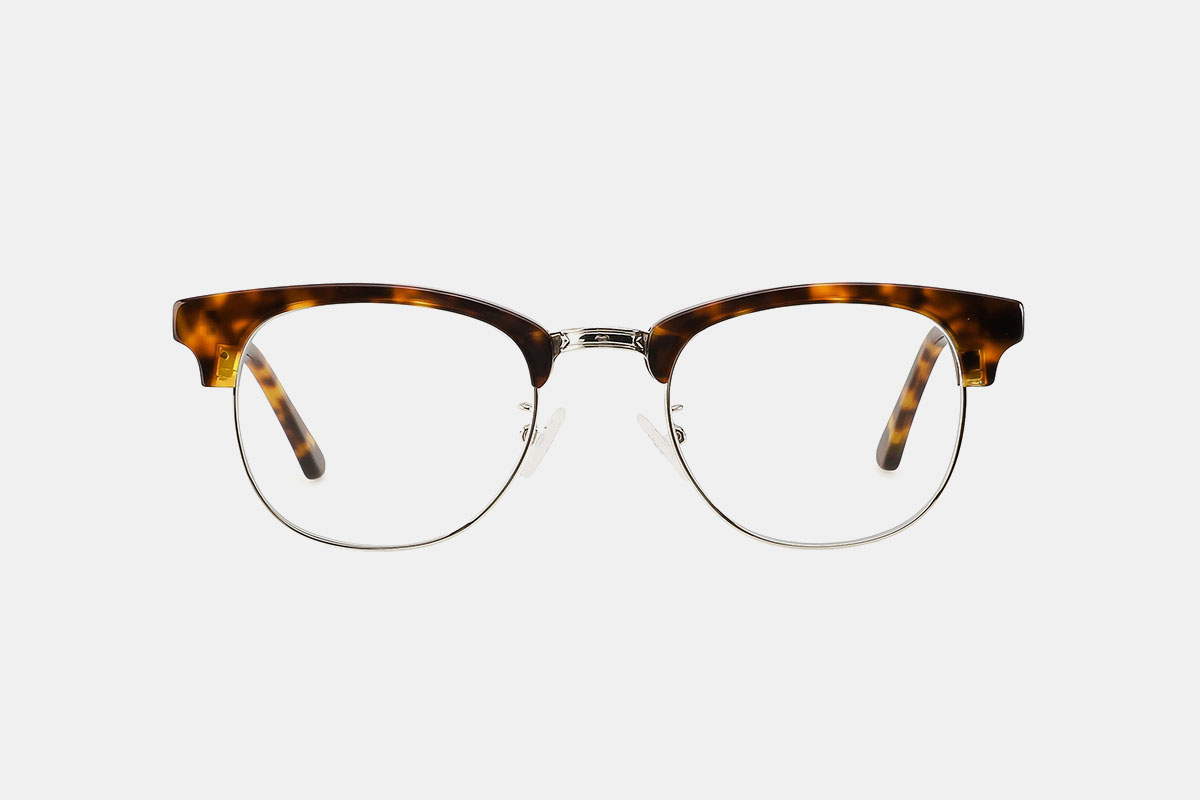
Asper by Pixel
One of the earliest names in the blue light game. Pixel offers specially-designed blue light glasses (meaning you don’t have to tack on the lenses to a normal pair of non-prescriptions), along with “amber glasses,” a yellow-er version that filters out even more blue light.
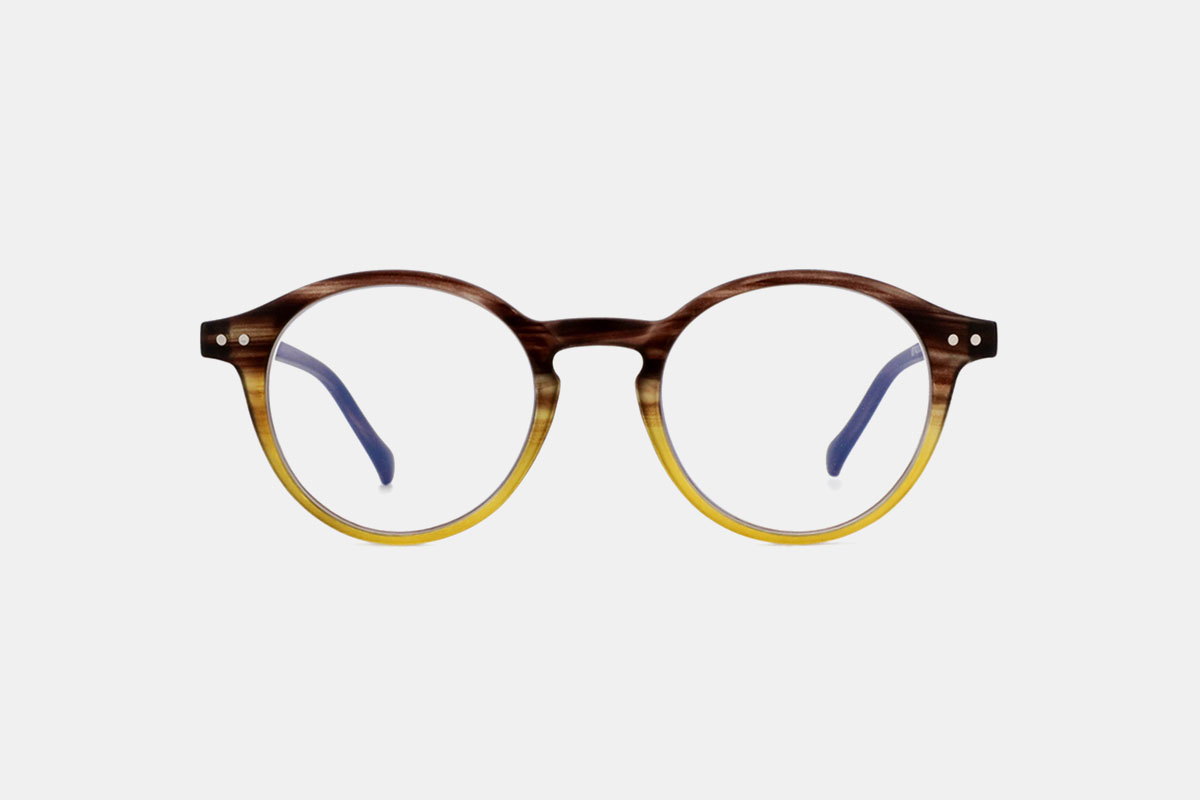
Buxians by Tomahawk
A fringe benefit of wearing blue light glasses is that they give you an excuse to wear a pair of glasses. They add a little sophistication to your work wardrobe while providing a service. Tomahawk makes good-looking pairs at a great rate; take advantage of their “buy one, get one” deal.
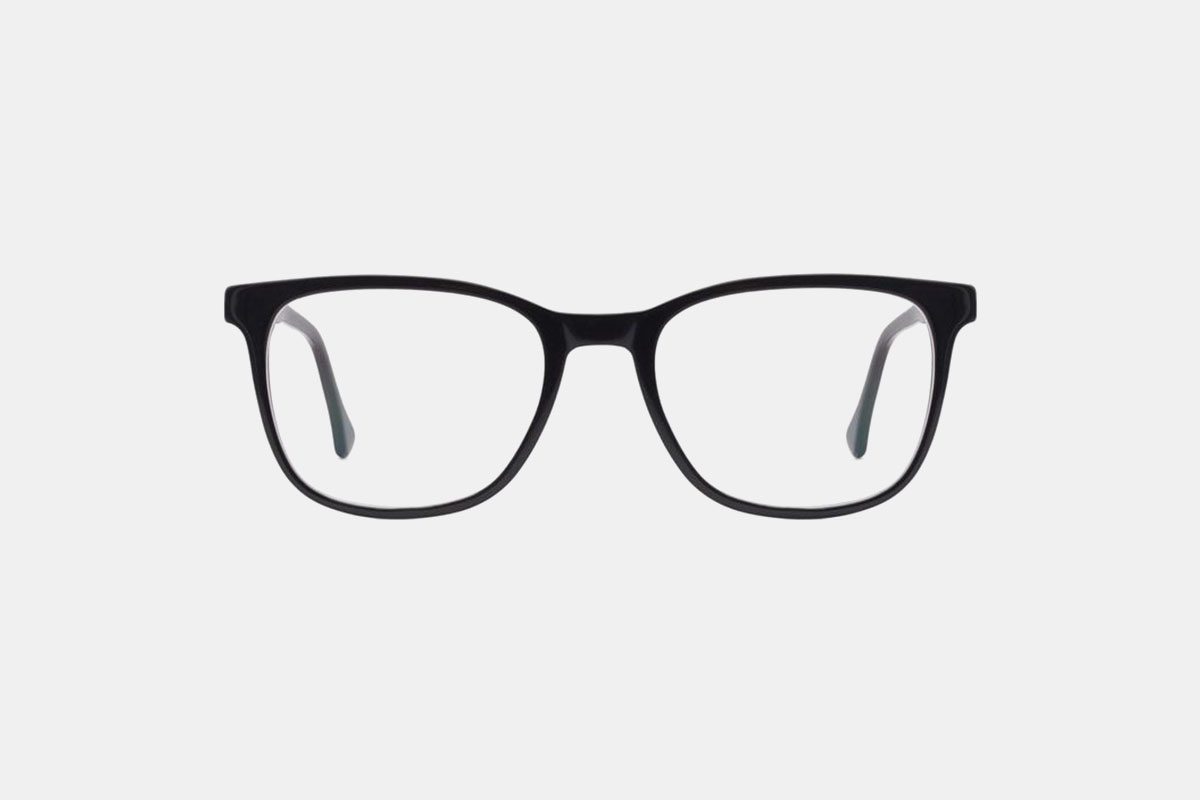
Volta by Felix Grey
Felix Grey was another trailblazer in the blue light space. Their frames pull out all the stops: anti-glare coating, 100% UVA/UVB protection and hard-finished organic acetate. Oh, and if you have a low nose bridge, they make frames with extended pads.
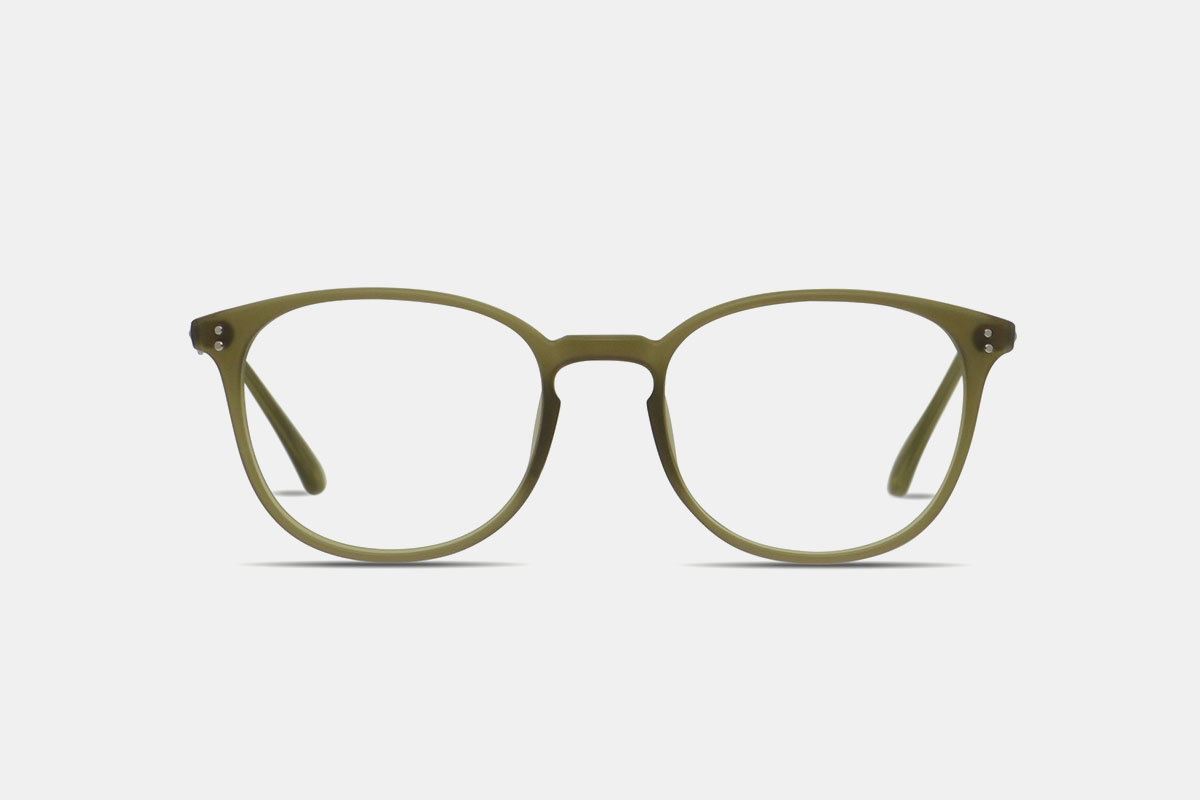
Weston by Ottoto
GlassesUSA has the best deals on frames (blue light glasses, prescription glasses, sunglasses) on the internet. Maybe you’d expect poor quality from a site that routinely offers outlandish 60% off sales, but we can confirm that it’s all legit. Ottoto has a number of excellent options available, starting at $55. That price goes up if you opt for polycarbonate lenses.
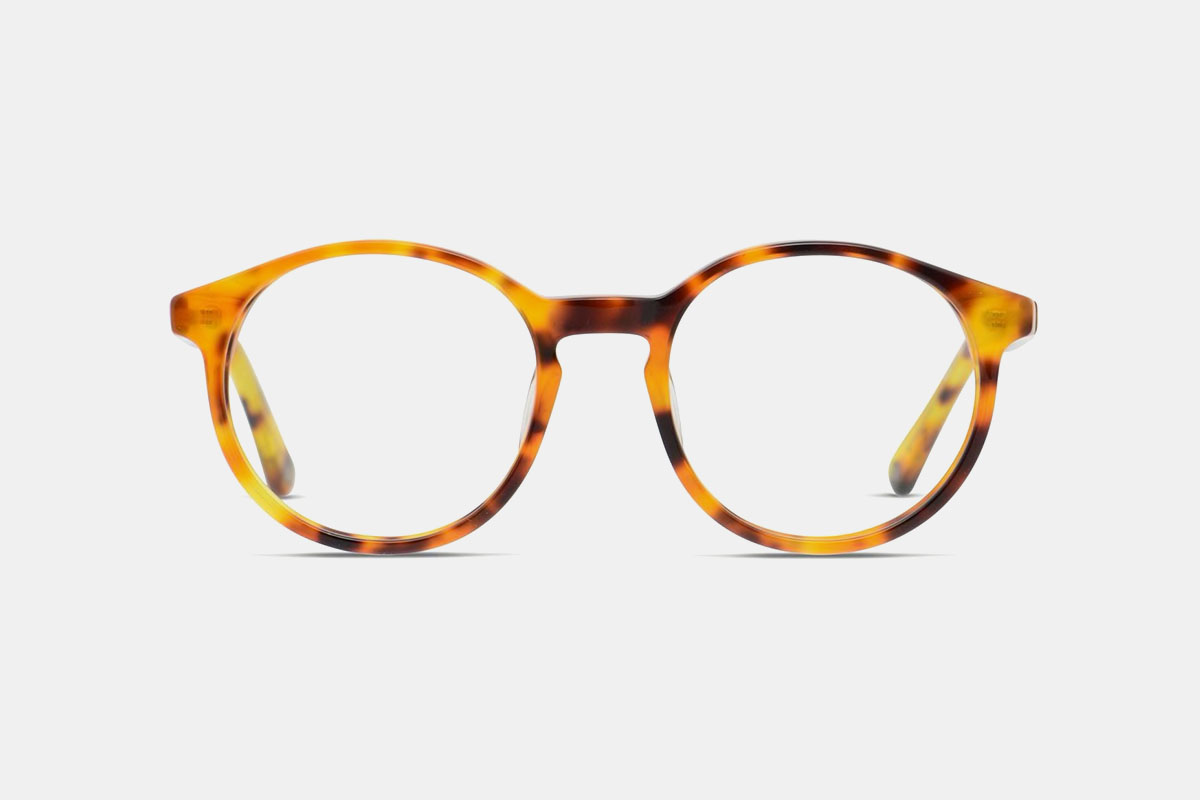
M8071 by Muse
Another reliable option from GlassesUSA. We had worn Muse sunglasses for years before testing their blue light glasses, and were pleased to see the fit and attention to details rings true throughout. Like Ottoto’s frames, the price will go up if you decide to trick these out with fancier lenses.
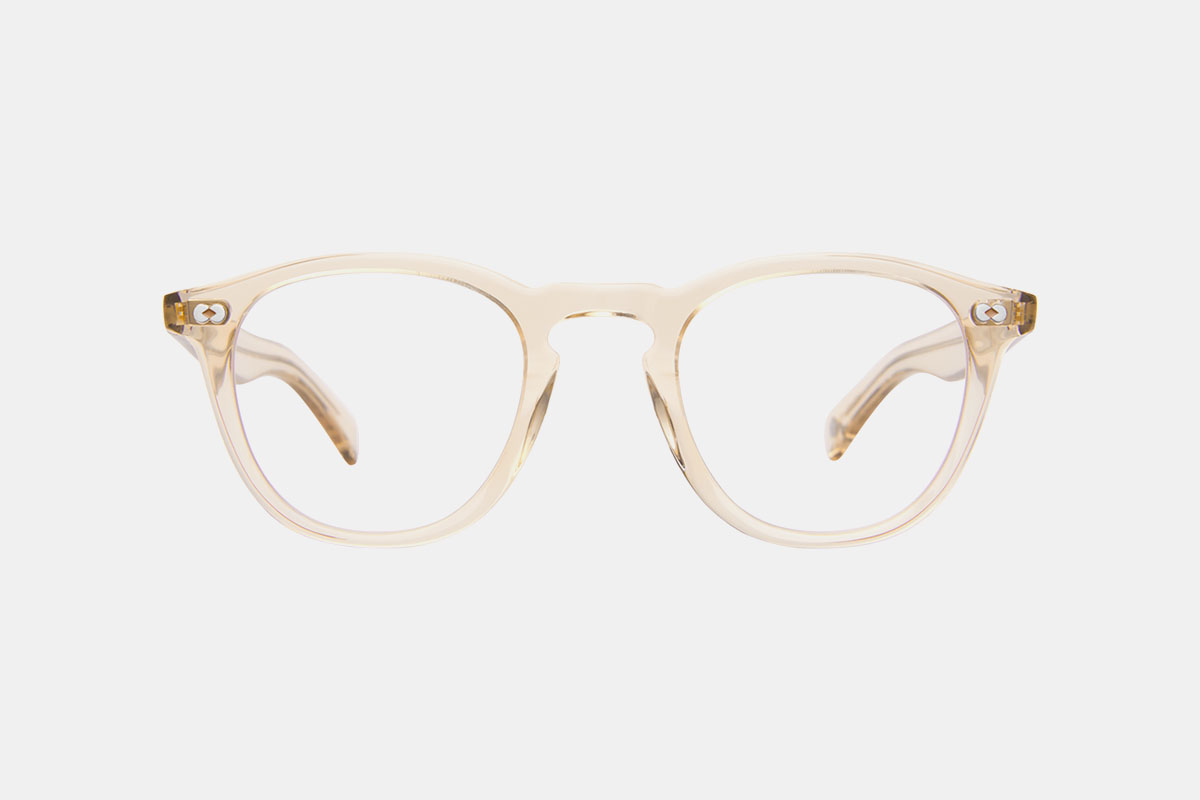
Hampton X by Garrett Leight
Acetate frames, titanium accents on the bridge, colroways like “Goldenrod” and “Shell Crytal” … these are the best blue light glasses money can buy. Garrett Leight’s frames are absolutely gorgeous. If you’re in the market for a lifetime pair, spend your money (a whole chunk of it) right here.
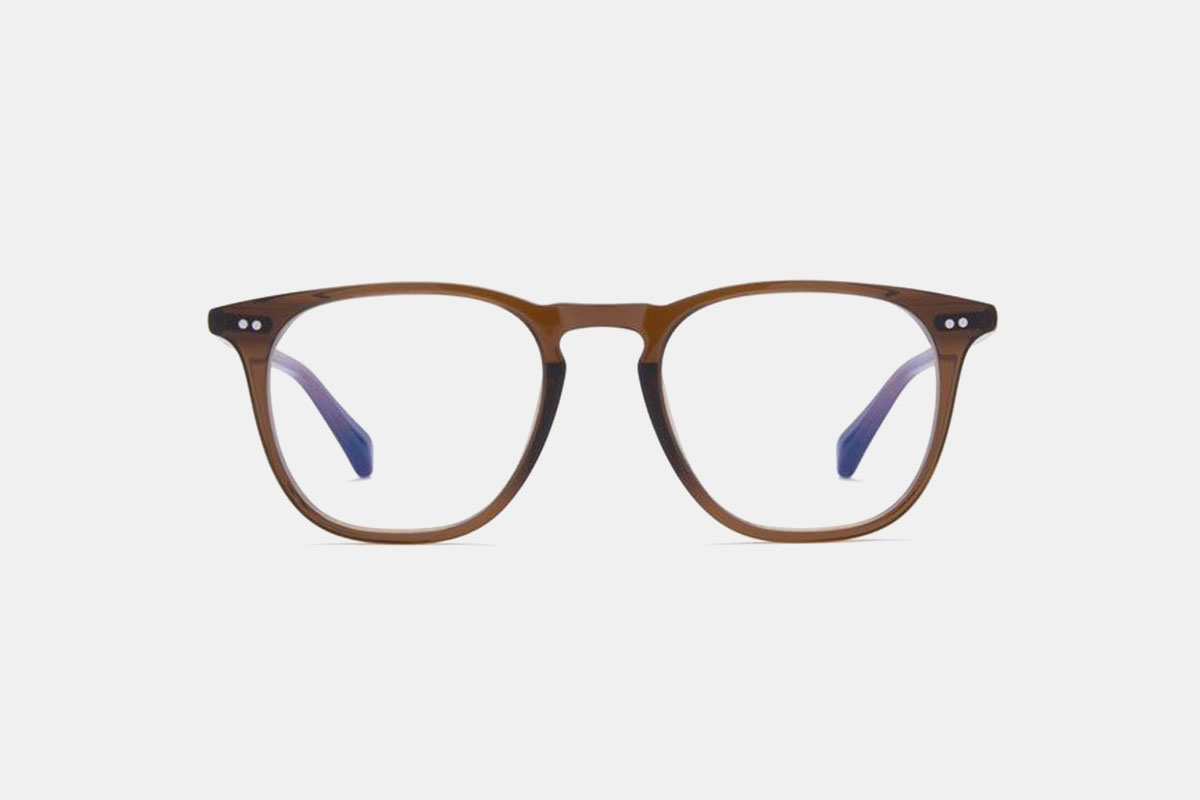
Maxwell by DIFF Eyewear
The do-gooders. With every pair purchased, DIFF donates eyewear to a sight-impaired person in need. They’re charitable to their customers, too — for a limited time, buy one pair and you can get another style free. We’re huge fans of this particular “Whiskey Crystal” style.
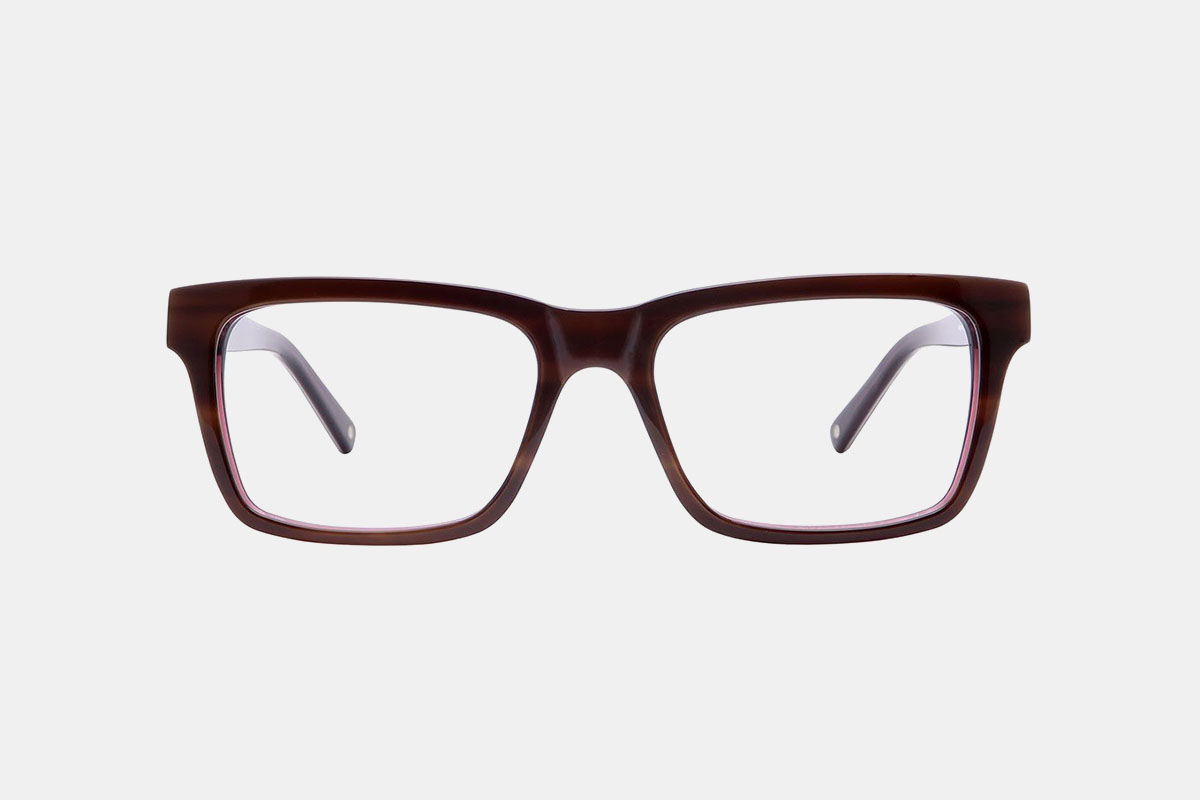
Brighton by Umizato
The token Amazon option. These aren’t the most stylish blue light glasses you’ll find out there, but they’re cheap and hardy and will deliver essentially 10 minutes from now, in case you’re in a pinch. A great stopgap pair.
We've put in the work researching, reviewing and rounding up all the shirts, jackets, shoes and accessories you'll need this season, whether it's for yourself or for gifting purposes. Sign up here for weekly style inspo direct to your inbox.
